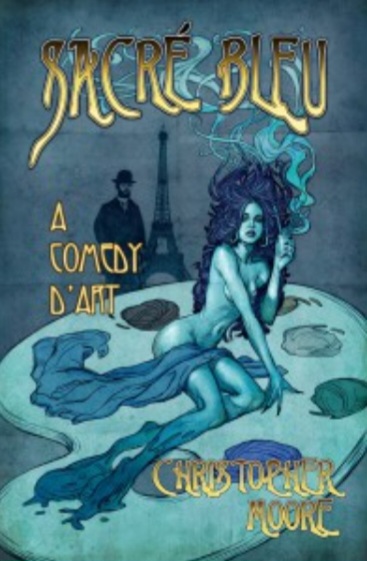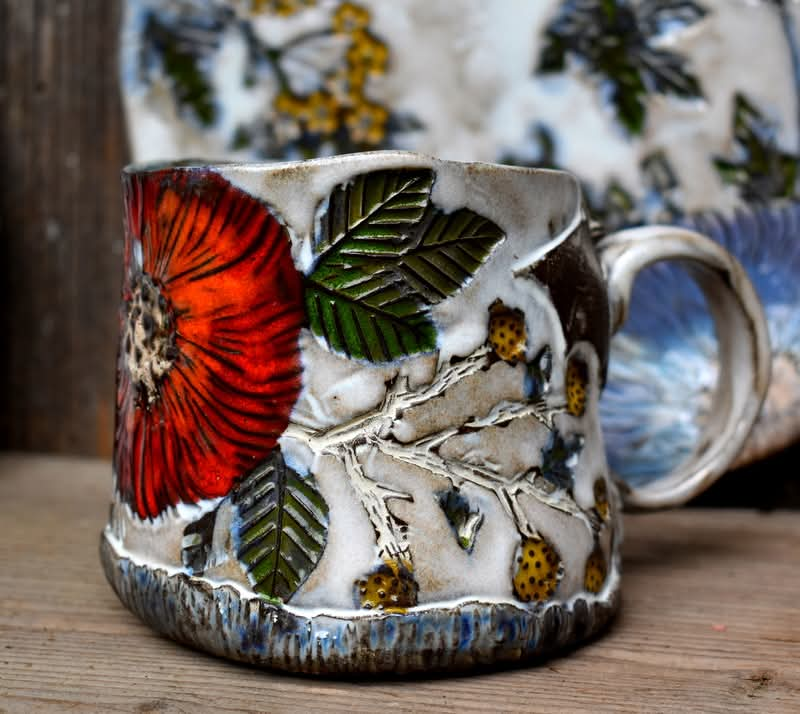If you're a fan of historical fiction, satire, or just delightfully strange novels that make you laugh out loud while simultaneously teaching you something new, Sacre Bleu by Christopher Moore deserves a top spot on your reading list. Equal parts art history, absurd comedy, magical realism, and heartfelt narrative, this novel is unlike anything you’ve read before — unless, of course, you've already wandered into Moore’s twisted literary universe.
In this article, we’ll dive deep into what makes Sacre Bleu a must-read for fans of both the absurd and the artistic. We'll cover its core themes, genre-defying storytelling, and why it continues to draw readers who love books that challenge conventions. Whether you're searching for "best funny historical fiction books" or "novels about Impressionist artists with a twist," you've come to the right place.
What Is Sacre Bleu About?
At first glance, Sacre Bleu seems like a whimsical tale about artists in 19th-century Paris, but it quickly becomes something far more layered — and weird, in the best possible way.
The story begins with the mysterious death of Vincent van Gogh, but Christopher Moore has little interest in adhering strictly to historical facts. Instead, he introduces us to Lucien Lessard, a fictional baker-painter who finds himself drawn into a strange conspiracy surrounding the color blue — specifically, the elusive and divine "sacred blue" pigment used by the great painters.
Lucien and his eccentric friend Henri Toulouse-Lautrec (yes, that Toulouse-Lautrec) embark on a surreal journey to uncover the truth behind the color and the shadowy figure known only as The Colorman, a strange, possibly immortal man who seems to appear wherever great art is made — and chaos follows.
The Color Blue as Muse and Menace
One of the central ideas in Sacre Bleu is that creativity — particularly artistic genius — may not come from within, but from something (or someone) more sinister. In Moore's universe, inspiration is not a lightning bolt of divine genius, but the byproduct of a dangerous, magical substance and its manipulative purveyor.
The sacred blue pigment in the novel isn’t just rare — it’s enchanted, and possibly cursed. The artists who use it are often touched by madness, obsession, or tragedy. Moore weaves this concept into the real lives of historical figures like Monet, Renoir, Manet, and Seurat, giving readers a speculative, supernatural explanation for their brilliance and their frequent bouts with melancholy or instability.
It’s an outrageous proposition, of course, but Moore handles it with such panache and comic timing that it becomes weirdly believable — or at least entertaining enough that you won’t care whether it’s plausible.
Laugh-Out-Loud Satire with Artistic Depth
One of the reasons Sacre Bleu continues to appeal to fans of comedic fiction and historical fantasy is its voice. Moore’s writing is sharp, witty, and loaded with irreverent charm. He never misses an opportunity to crack a joke — whether it’s about sex, paint, or the pretentiousness of the art world — and yet, Sacre Bleu manages to treat its characters with genuine affection.
Henri Toulouse-Lautrec is the comic heart of the novel. Vulgar, proud, brilliant, and frequently drunk, he serves as a kind of deranged detective and loyal sidekick to Lucien. Their banter is among the highlights of the book and provides a grounding sense of friendship and humanity amid the bizarre plot twists.
Yet Moore doesn’t sacrifice depth for laughs. Under the humor lies a sincere meditation on the creative process — what drives people to make art, what they give up for it, and how beauty can coexist with tragedy.
Blending Genres: Art History Meets Fantasy
In the growing genre of art-based fiction — think The Goldfinch or The Birth of Venus — Sacre Bleu stands out as one of the most unpredictable. It’s part magical realism, part buddy comedy, part romance, and part murder mystery. This genre-bending nature makes it difficult to categorize, but also makes it perfect for readers who love books like Good Omens or The Hitchhiker’s Guide to the Galaxy — stories that defy expectations with every page.
For fans of time travel and historical fantasy, Sacre Bleu also offers a unique take on the “slipping through time” motif. Though the book doesn’t rely on a time machine, its characters often find themselves mentally or literally transported through strange memories and experiences that span centuries of artistic development. It’s like a fever dream curated by an art historian with a Monty Python sense of humor.
Why Sacre Bleu Still Resonates
Over a decade since its release, Sacre Bleu continues to attract readers with its unique premise and enduring charm. It appeals to:
• Fans of art and Impressionism – If you’ve ever wandered a museum and wondered what might be going on behind the canvas, this novel is for you.
• Readers of dark comedy and satire – Moore’s irreverent humor is front and center, but never at the expense of emotional depth.
• Fantasy and sci-fi enthusiasts – While there are no dragons or spaceships, the magical logic of the novel will feel familiar to readers of speculative fiction.
• Book clubs – With themes of obsession, love, madness, and artistic legacy, Sacre Bleu sparks great conversation.
Additionally, SEO-friendly searches like “books about color in art,” “novels about Vincent van Gogh,” or “funny fantasy books set in Paris” will all lead naturally to this title, making it a hidden gem among historical fiction novels with a fantastical twist.
Final Thoughts: Should You Read Sacre Bleu?
Absolutely — but only if you’re ready for something different.
Christopher Moore’s Sacre Bleu is not your typical historical novel. It’s a celebration of art, a critique of genius, a love letter to color, and a riotous, bawdy romp through 19th-century France. Whether you’re a literature nerd, art lover, or just someone looking for a book that isn’t afraid to be as weird as it is wonderful, Sacre Bleu delivers.
So next time you're browsing for your next literary adventure, whether you're Googling “funny books about artists,” “historical novels with a fantasy twist,” or “Christopher Moore best books ranked,” don’t overlook Sacre Bleu. It’s not just a novel — it’s a palette-cleansing experience in the world of fiction, painting your imagination in the boldest hues possible.
Keywords:
• Sacre Bleu novel review
• Christopher Moore books ranked
• funny historical fiction books
• best novels about Impressionism
• books like Good Omens
• art history fiction books
• novels with color symbolism
• fantasy books set in France
• Vincent van Gogh fiction
• Toulouse-Lautrec novel character
|
|







